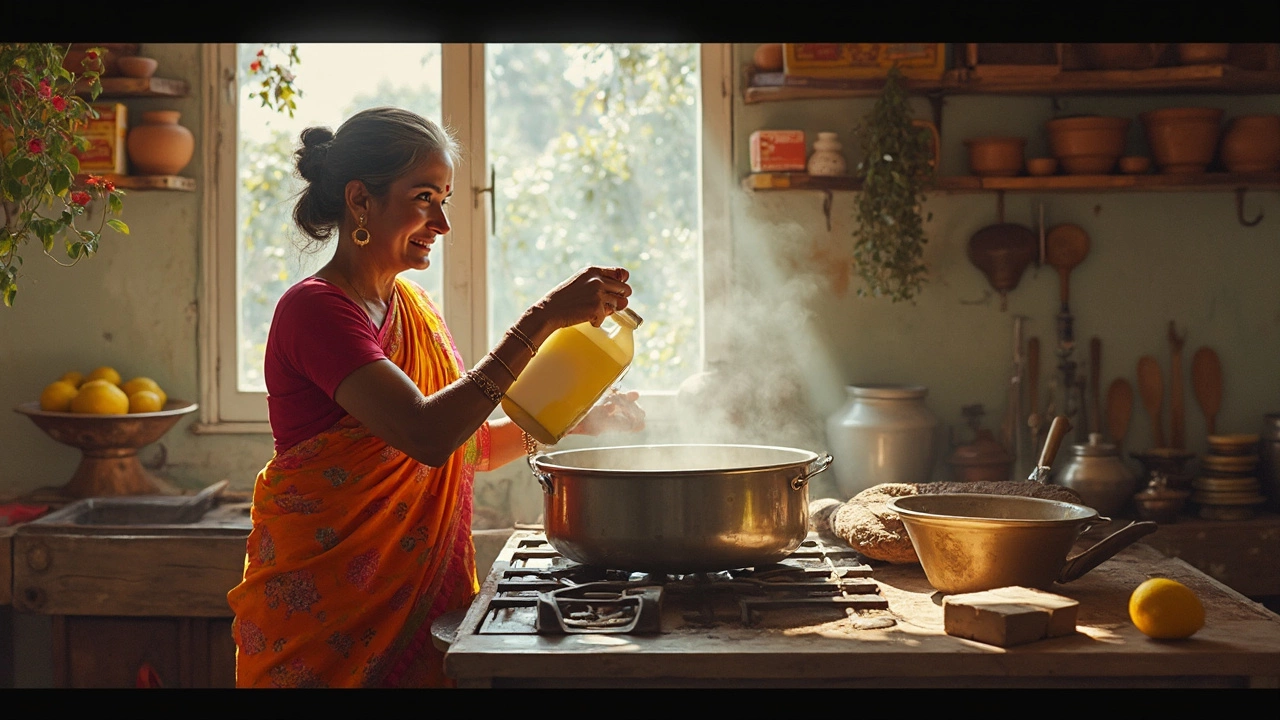Paneer Yield: How Much Paneer You Can Get From Milk
Ever wondered why a litre of milk sometimes gives you a big block of paneer and other times just a thin slice? The answer lies in a few easy factors that you can control in your kitchen. Knowing these will help you plan the right amount of milk, save money, and avoid waste.
What Affects Paneer Yield?
First off, the fat content of the milk matters a lot. Full‑fat milk (around 6% fat) usually gives you the highest yield because the fat adds weight to the curd. Low‑fat or skim milk will still make paneer, but you’ll end up with a lighter block.
Second, the freshness of the milk plays a role. Fresh milk contains more lactose and proteins that turn into curd when you add the acid. If the milk is a day old, the proteins may have started breaking down, and the yield drops.
Third, the amount of acid you use (lemon juice, vinegar, or citric acid) changes the texture and the amount of whey you squeeze out. Too much acid pulls more whey out, making the paneer drier and lighter. A gentle acid addition gives you a softer paneer with a higher weight.
Lastly, the pressing time makes a difference. Press the curds for a short time and you’ll keep more moisture, resulting in a heavier paneer. Press longer for a firmer, dryer block – the weight goes down.
Quick Calculation Guide
Here’s a simple way to estimate how much paneer you’ll get from a given amount of milk. The rule of thumb is:
Paneer weight ≈ 0.15 × volume of milk (in litres) × fat factor
For full‑fat milk, the fat factor is about 1.0. For 2% milk, use 0.85. For skim milk, use 0.70.
Example: You have 5 litres of full‑fat milk.
Paneer weight ≈ 0.15 × 5 × 1.0 = 0.75 kg (about 1.6 lb).
If you switch to 2% milk, the same 5 litres would give:
Paneer weight ≈ 0.15 × 5 × 0.85 = 0.64 kg.
These numbers are not exact, but they’re close enough to help you decide how much milk to buy for a recipe.
Want a higher yield? Use full‑fat, fresh milk, add just enough acid to curdle, and press for a short time. Want a firmer paneer for grilling? Use a little less milk, add a bit more acid, and press longer.
Now you have the basics to predict paneer yield and tweak the process to match your needs. Happy paneer making!
How Much Paneer from 1 Gallon of Milk? A Real Kitchen Yield Guide
Ever wondered how much paneer you can actually get from a gallon of milk? This article breaks down the numbers and steps, so you’ll never over- or underestimate your homemade paneer yields again. Learn about the key factors that affect how much paneer you get, plus some pro tips to make your batch awesome. Find out how to make, store, and use that fresh paneer for the tastiest results. Real examples and kitchen-tested facts help you get the most out of every batch.
